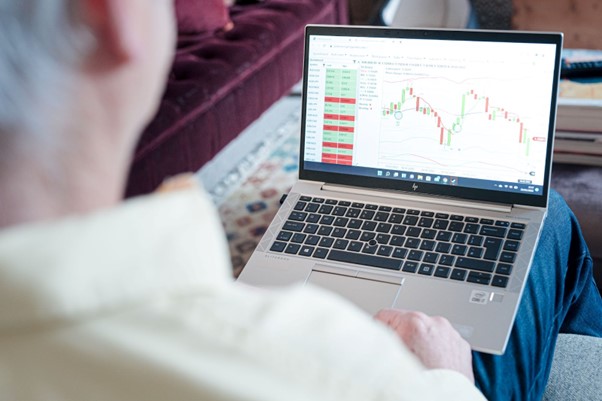
When learning how to trade, it can be tricky to make sense of it all. There are so many different technical terms to figure out, and so many different markets to trade. One thing you might be curious about is the difference between cryptocurrency trading and forex trading. After all, on the face of it they’re both to do with trading currencies. But there are also many differences between these two markets. Let us break it down for you.
What is crypto trading?
So, what is cryptocurrency or crypto trading and how does it work? Well, first let’s look into what cryptocurrencies are.
To put it simply, cryptocurrencies – such as Bitcoin or Ethereum – are digital money designed to be used over the internet. The network cryptos are part of is decentralised – which means it’s spread over a large number of computers and servers. This decentralised structure means that cryptocurrencies exist outside of the control of governments, central banks or even the traditional financial system. Another potential advantage is potentially cheaper and faster currency transfers.
To read more about cryptocurrencies and how they work, check out this article on Investopedia.
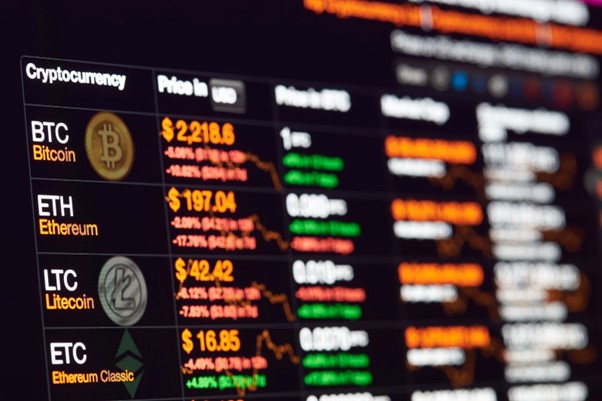
One of the big attractions of cryptos is that you can buy and sell them just as you might buy and sell shares or currencies or any other asset with the goal of making a profit.
So, how do you trade cryptocurrencies? Well, you can either trade cryptos direct via a cryptocurrency exchange or through a CFD (Contract for Difference) trading account. Let’s take a look at them both.
Trading cryptos with CFDs
When you trade cryptos via a CFD account, you don’t actually buy and own any of the cryptocurrency. Instead, you speculate on whether it will rise or fall in value.
You can “go long” (buy) if you think the cryptocurrency will become more valuable, or “short” (sell) if you think the value will drop.
With CFDs, you can use “leverage”, also known as “gearing”. This is where you can put down a percentage of the overall value of your trade – a good faith deposit known as ‘margin’. In doing so, you are effectively borrowing from the broker. CFD brokers are typically regulated by a national regulator, such as the FCA in the UK, giving an added layer of security to your funds.
Trading cryptos via a crypto exchange
Trading crypto via an exchange is different to trading cryptos with CFDs, because if you buy your crypto and then store it on a physical “hardware wallet”, you’ll actually own your cryptos. You trade your real money for an amount of the cryptocurrency, and then store that currency in your hardware wallet until you’re ready to sell. However, just as you can trade on margin with CFDs to get leverage, you can also use leverage to trade cryptos on certain crypto exchanges.
Unlike CFD brokers, cryptocurrency exchanges are not generally required to be regulated to carry-out their business.
So, now that you know a bit more about cryptos and how you can trade them, let’s take a look at the forex market to get a better understanding of the difference between cryptos and forex.
What is forex trading?
The term “Forex” comes from a combination of “foreign currency” and “exchange rate”.
Foreign exchange is the process of exchanging one currency for another. This happens daily for tourism and trade. If you’ve ever flown anywhere with a different currency than your home country, you will have had to deal with exchange rates before. You’ll probably know that sometimes when you swap your money for foreign money, it will be worth a certain amount, and then when you swap it back it will be worth more or less than before. Forex trading capitalises on this.
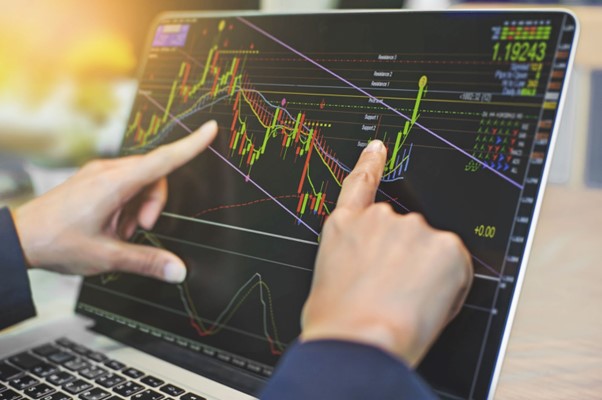
So how does it work? The forex market is a global marketplace for exchanging these national currencies. Currencies trade against each other as exchange rate pairs. For example, EUR/USD is the currency pair for trading the euro against the U.S dollar. When a trade is made, you buy one currency and sell another. You make a profit if the currency you bought moves upwards against the currency you sold.
Due to the worldwide reach of commerce and tourism, the forex markets tend to be the largest (and most liquid) asset markets in the world, with the daily trading volume for forex reaching $6.6 trillion in 2019.
What are the similarities between crypto & forex markets?
There are more differences than similarities between the forex and crypto markets. But there are a few things they have in common.
First thing’s first: whether you want to trade on the crypto or forex markets, to start trading you’ll need a stable internet connection, a computer, smartphone or other device and a trading account.
Another thing they have in common is that, like all markets, they are both driven by supply and demand. The price is driven by buyers and sellers. If there are more buyers than sellers at a particular price, it will lead to higher prices.
The price will drop when more people are selling than buying. This means that you’ll be able to see familiar chart patterns and potentially use indicators that will help you know when to buy and sell.
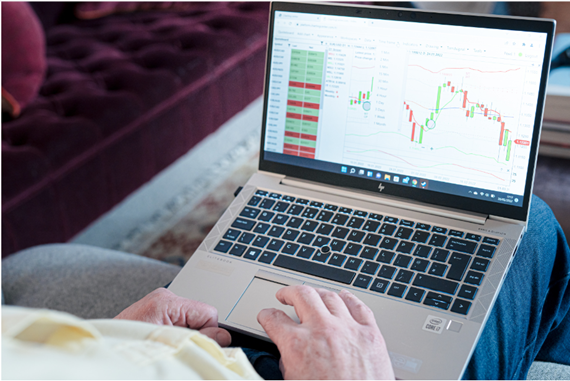
The overall effect of these similarities is that you can easily learn to trade cryptos if you’ve already traded forex, and vice versa.
What are the differences between crypto & forex markets?
You might be able to tell that this list is a long one! Whilst crypto and forex trading can look very similar on screen, there are many differences between the markets and the trading experience.
Here are the biggest differences:
- Number of instruments available to trade
When trading on the forex market, traders typically focus on the main currency pairs: EUR/USD, GBP/USD, USD/JPY, USD/CAD, USD/CHF, AUD/USD, NZD/USD, and so on. Some traders prefer to work with “exotic” currency pairs, which include a currency of a developing economy (like Mexico) and a major currency (like the U.S. Dollar). There are 180 legal currencies officially recognised by the United Nations, but only around 70 currency pairs can be traded by forex brokers.
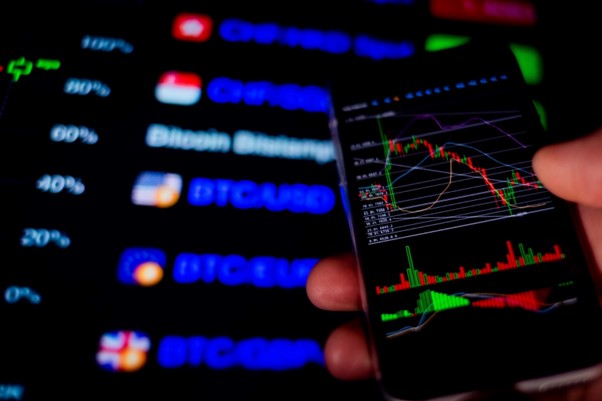
Crypto trading, on the other hand, is hugely different. There are more than 20,000 different listed cryptocurrencies – and this number just keeps on growing. Some cryptocurrencies, like Bitcoin and Ethereum, are widely traded. Many other smaller crypto coins are only known to real crypto enthusiasts and many will not be available to trade on most cryptocurrency exchanges. There are too many cryptocurrencies to keep track of all of them, so traders usually work with a limited watchlist of 20-25 more actively traded and liquid instruments to focus on.
- Market hours
The crypto market is open 24/7. The forex market is open 24/5. Now, if you’re new to trading then the hours that a market is open may not seem like a big deal, but when it comes to your lifestyle it can actually make a huge difference.
Whilst both markets are open for 24 hours, forex trading is driven by big institutions, which means that forex trading tends to follow a more regular pattern. This is different for cryptocurrencies, which are largely driven by individual traders.
- Volatility and liquidity
Cryptocurrencies can be very volatile – which means the prices can fluctuate massively in short periods of time.
Such volatility is rare in forex markets, with huge unpredictable moves usually only occurring in exotic pairs. From this standpoint, it can be easier to manage risk when trading forex – but the profit potential (and risk of loss) can be much bigger when trading crypto.
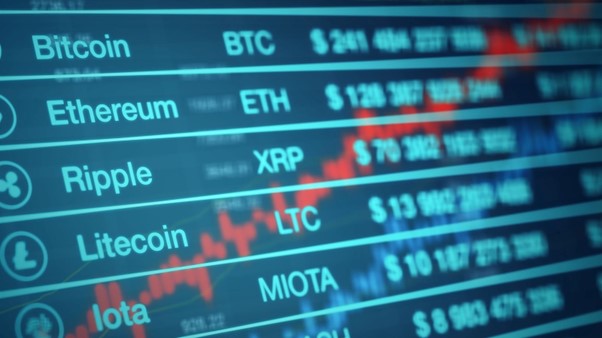
On top of this, there’s a large difference in the liquidity of each market (how freely the money moves around). Forex is an incredibly liquid market, at least for the main pairs. This means you’ll nearly always be able to easily buy or sell your chosen currency at the price you see on the screen. On the other hand, we have cryptocurrencies, where there is far less liquidity, especially in the smaller cryptos, which gives rise to their volatility. Whilst forex trading volume is huge (more than $6 trillion per day), crypto daily trading volume is in the billions.
- Security
Forex is an old, well-established market. This means it’s well regulated and the risk of being hacked is slim. You should still be on your guard, of course, as well as checking the history and credibility of any broker you choose and being careful about buying “too good to be true” forex trading courses or systems. However, the well-developed nature of the forex industry means that scams have been largely eliminated by safeguards.
Crypto markets, on the other hand, are still developing, which means regulations are developing along with them. Crypto is also far removed from the government and the banks, which means that it’s harder to regulate. This means that crypto traders have to deal with more risk of hackers and scams. This isn’t to say that hackers and scammers are everywhere, but they do present a real risk. Choosing a CFD broker for your trading can help alleviate this risk for Crypto traders.
How can I choose between crypto and forex trading?
The good news is that you don’t have to. There’s nothing stopping you from trading on both markets if you want to – and the similarities between them make it easy to learn one once you’ve got to grips with the other. However, if you want to choose, the best way to make an informed choice is to try both with small accounts. After a little while on both markets, you’ll be able to see which market suits your needs and lifestyle best. You should weigh your choice against your financial goals, trading style, lifestyle and available capital to trade.
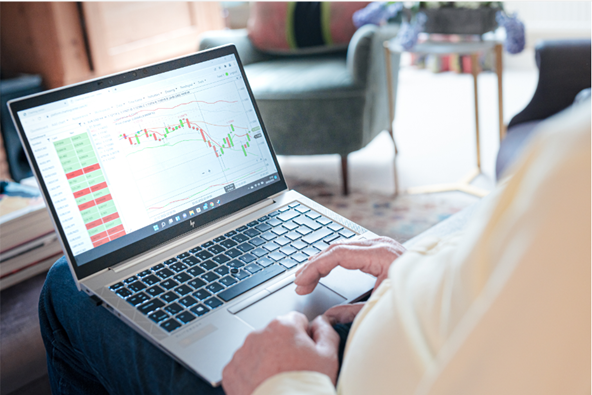
If diving in at the deep end and figuring it out alone is daunting for you, trying a trading course may be beneficial for you. Here at Trendsignal, our courses support you through learning to trade, and offer you one to one mentorship to help you find your trading feet. Your learning will be tailored to your pace and lifestyle, which means you can easily fit learning to trade around a busy life.
We teach simple to follow and highly effective trading strategies that anyone can follow, and take you step by step through the things you need to know to help you become a successful trader. If this sounds better than figuring it out alone, contact us and see how we can help you, or book a free webinar today using the GREEN BUTTON at the top of this page.







